1953: The CIA and Iran's stolen democracy
-
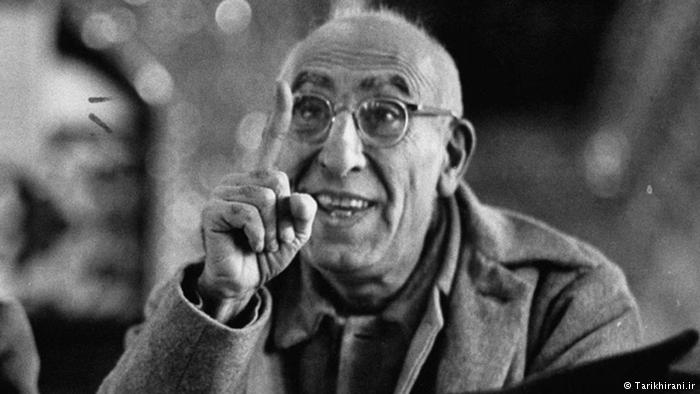
Glowing advocate of Iranian interests: Mohammed Mossadegh was Iran's first democratically elected prime minister from 1951 – with a brief interruption – until his fall in 1953. Educated, eloquent and charismatic, he also had many admirers in the West. Daring to nationalise the British oil industry in Iran, he quickly became an icon of anti-imperialism across the Third World -

Oil for the Empire: the British had had a quasi-monopoly on Iranian oil since 1909. The Anglo-Iranian Oil Company (AIOC) – these days British Petroleum (BP) – had negotiated contracts that gave the colonisers a distinct advantage, allowing the British Empire to skim off profits in their millions every year. In return Iran received meagre royalties -

Labouring under a burning sun: the British shamelessly exploited their Iranian oil workers. In Abadan, the site of the largest Iranian refinery, those who worked for the AIOC lived in slums under catastrophic conditions. The company refused to contemplate any improvement in living standards. After the Second World War, Iranian politicians attempted to renegotiate business terms but their appeals fell on deaf ears -
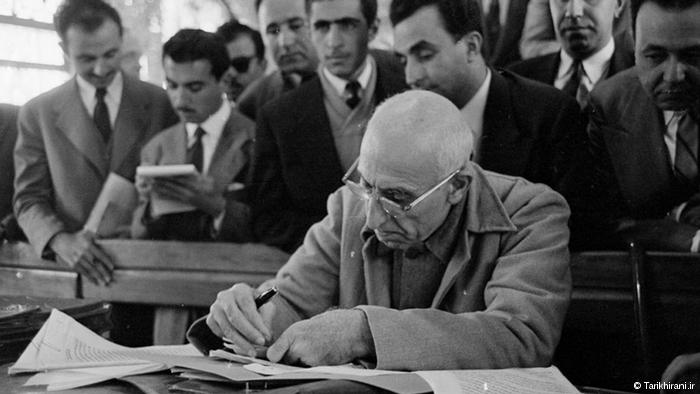
"Nationalisation or death!" In 1951 the situation came to a head. Mohammed Mossadegh, who had just become prime minister, ordered the nationalisation of the Iranian oil industry. The British reacted with outrage, withdrawing all British expertise and imposing an oil embargo against Iran. Over the next two years, the so-called "Abadan crisis" brought Iran to the brink of bankruptcy -
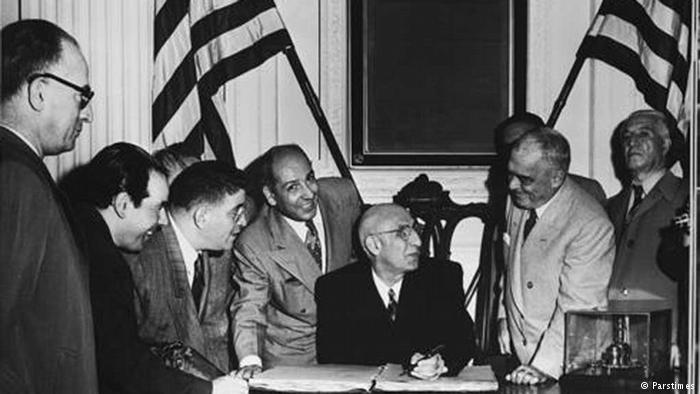
American ambivalence: the British also turned to the USA for help. But U.S. President Truman was against any intervention. Truman was torn: on the one hand, he didn't want to alienate his British allies. On the other, he sympathised with Mossadegh and believed that only a free, economically strong Iran could resist the communist influence of the USSR -

Dwindling stability: but Iran's continuing economic crisis was having an effect: slowly, more radical currents were gaining ground – such as the communist Tudeh Party. In several mass demonstrations it called for the expulsion of Americans and British and for the country to turn towards Moscow. Yet the U.S. still believed that Mossadegh had the domestic political situation under control -
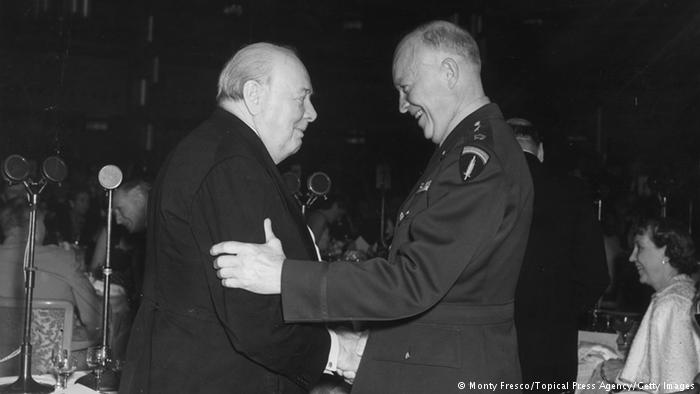
Two elections changed everything: Winston Churchill regained power in London at the end of 1951. And one year later Dwight D. Eisenhower replaced Truman in Washington. Churchill skilfully presented the risk of a communist revolution in Iran. Eisenhower, who had already worked effectively with the secret services during World War II, agreed to engage the CIA to overthrow Mossadegh -

"Operation Ajax" begins: in July 1953, CIA agent Kermit Roosevelt travelled to Iran. He convinced the Shah (right) to dismiss Mossadegh and appoint General Fazlollah Zahedi, a straw man of Western interests, as the new prime minister. A courier would bring the signed release papers to Mossadegh; Mossadegh himself was to be placed under house arrest immediately upon receipt -
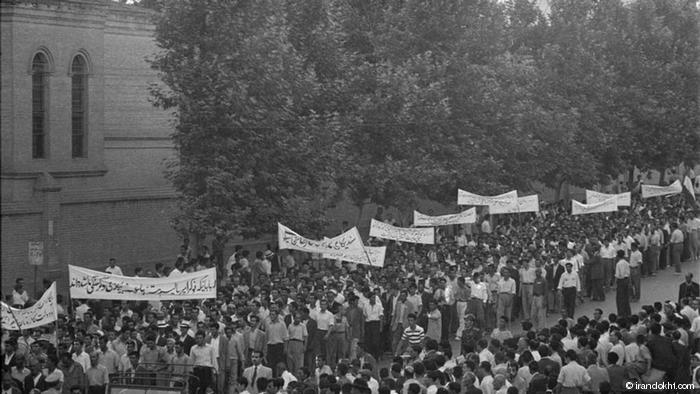
Organised chaos: at the same time, the CIA created chaos in Tehran. Its operatives bribed politicians, clergy, journalists, and workers, thus outweighing Mossadegh's supporters and opponents. The agents didn't care who would get the upper hand on the street. The only important thing was to stage the Shah as the saviour of the people, who would use his loyal army to restore peace and order -
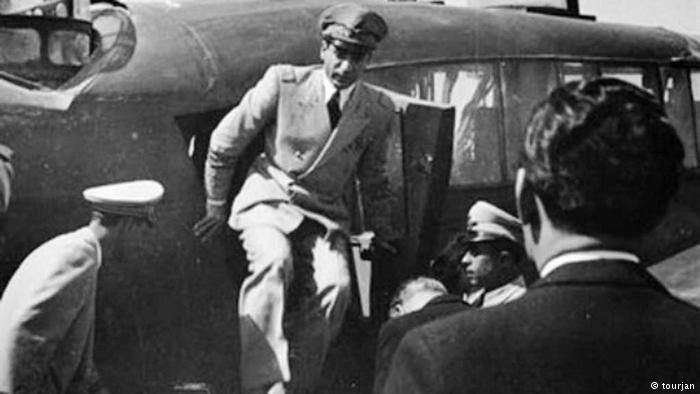
Escape to Rome: the first coup attempt on 15 August 1953, however, failed. Mossadegh had got wind of the plans. He arrested several Iranian ringleaders of the coup attempt and paid a bounty to General Zahedi, who went into hiding. When the Shah learned that the mood had turned against him, he fled the country: first to Baghdad, then to Rome -
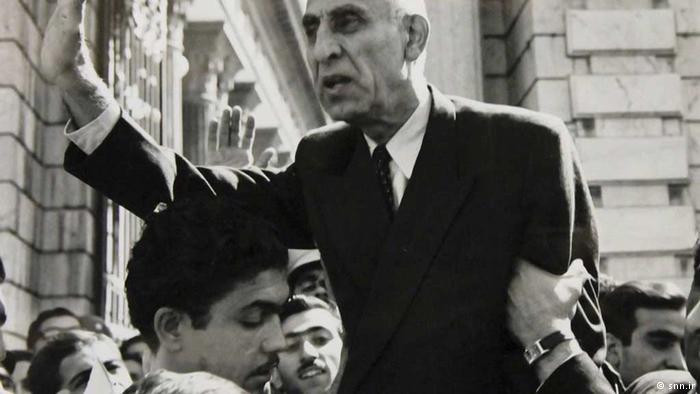
Deceptive calm: on 18 August, 1953, Mossadegh looked like the sure winner. He assumed that the Shah and the British had plotted against him, but he did not know that the USA was involved as well. Mossadegh called on his followers to stay at home the next day to prevent any further escalation of violence on Tehran's streets. Mossadegh did not expect a second coup attempt -
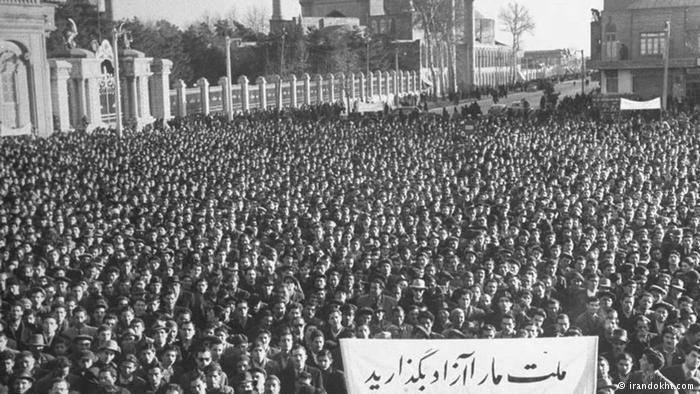
The mood turns: CIA agent Roosevelt mobilised the masses again. On 19 August, they took to the streets for the Shah – this time without resistance from Mossadegh supporters. The Shah's release certificates were copied thousands of times and distributed among the population. More and more police and military units joined the demonstrators, who stormed the Foreign Ministry and the police headquarters -
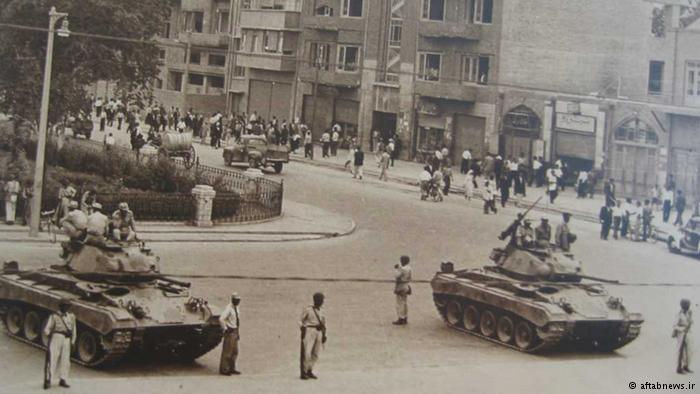
Decision time in front of Mossadegh's house: supported by a column of tanks, a crowd of people broke into Mossadegh's private house. A street battle broke out between supporters and opponents of the prime minister, killing more than 200 people. When the Shah followers stormed the house, Mossadegh fled over the garden wall. Five days later he surrendered and was arrested by his adversary General Zahedi -
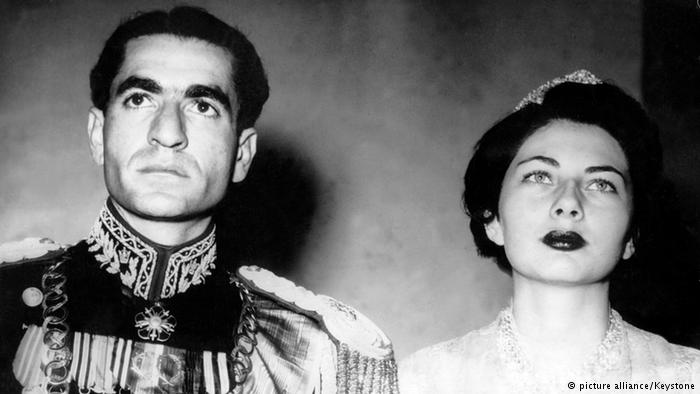
Under Washington's thumb: on 22 August 1953, the Shah returned from Rome. In the period that followed he established a military dictatorship, which was massively supported by the USA. With American help he also established the infamous secret police SAVAK. The nationalisation of oil production was reversed – almost half of the proceeds now went to American companies -
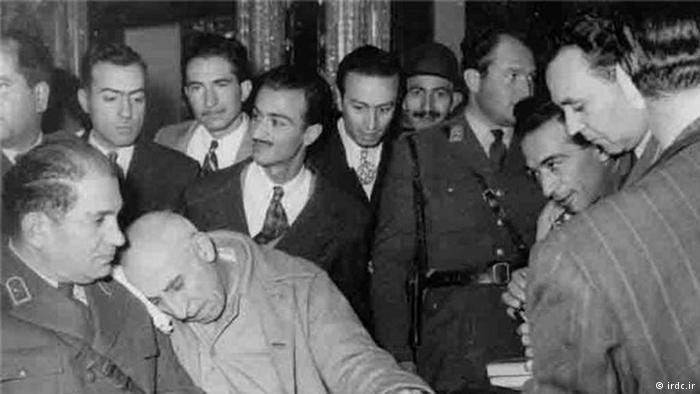
All hope gone: after his arrest, Mossadegh was tried for treason and sentenced to three years in prison. Released from prison in December 1956, Mossadegh retreated to his private home in Ahmad Abad, guarded by SAVAK secret service personnel. Mossadegh was no longer allowed to leave his home village. He died on 5 March 1967
https://qantara.de/en/node/11651
Link
To all image galleries